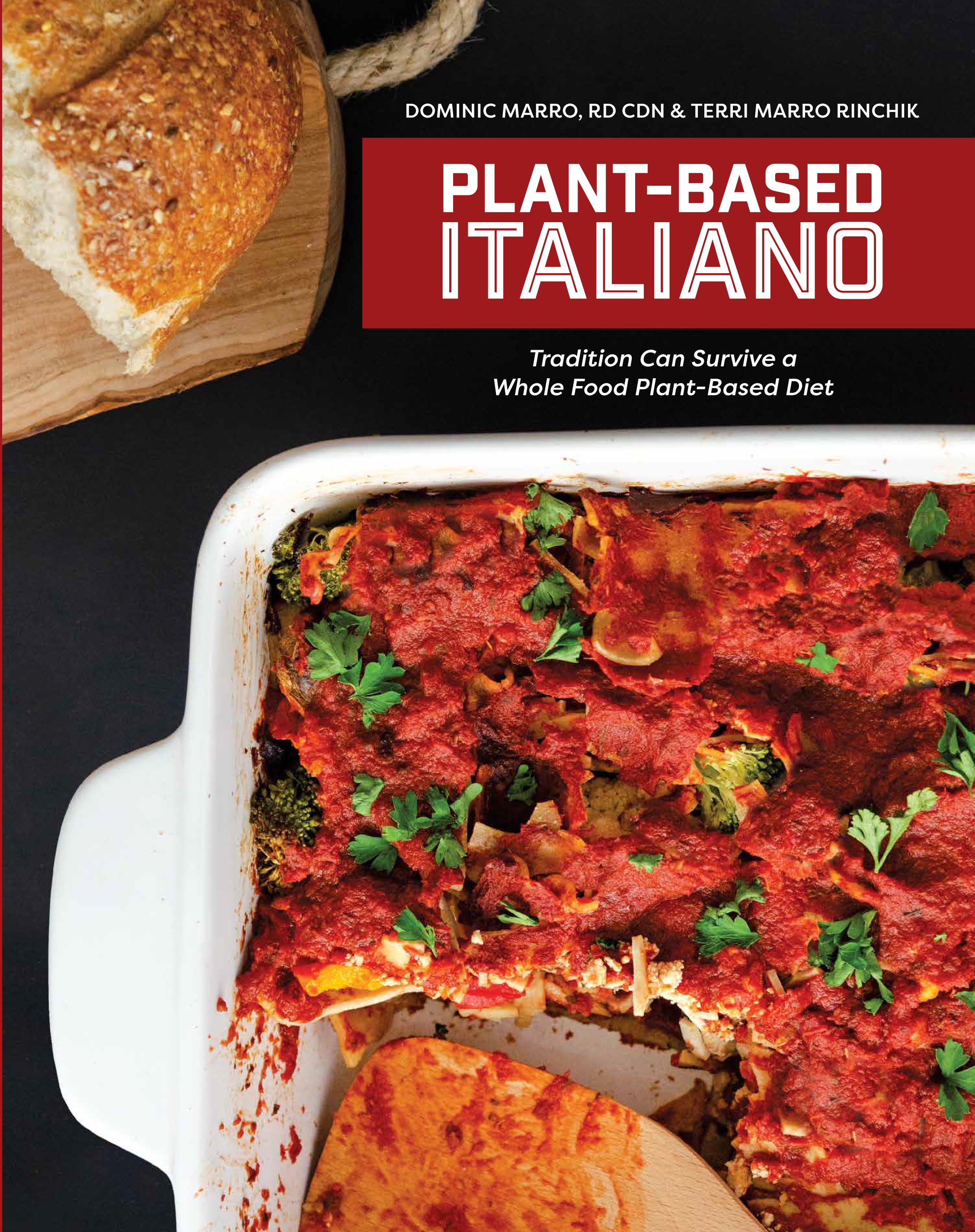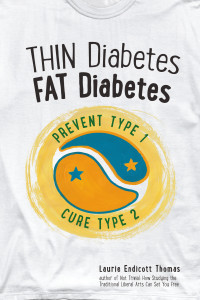All About Iodine and Dulse
Dulse, pronounced like “pulse”, is a red seaweed harvested in the cool waters along the Atlantic coast of Canada and also along the shores of Ireland and Norway. Like all seaweeds, dulse is a rich source of iodine. Some Whole Food Plant-Based (WFPB) advocates consider iodine as a nutrient of special concern.
What is Iodine?
Iodine is a trace element that is naturally present in some foods and is an essential component of the thyroid hormones thyroxine (T4) and triiodothyronine (T3).
Thyroid hormones regulate many important biochemical reactions, including protein synthesis and enzymatic activity, and are critical determinants of metabolic activity. They are also required for proper skeletal and central nervous system development in fetuses and infants
Thyroid function is primarily regulated by thyroid-stimulating hormone (TSH), also known as thyrotropin. It is secreted by the pituitary gland to control thyroid hormone production and secretion, thereby protecting the body from hypothyroidism and hyperthyroidism. TSH secretion increases thyroidal uptake of iodine and stimulates the synthesis and release of T3 and T4.
What are Symptoms of Iodine Deficiency?
In the absence of sufficient iodine, TSH levels remain elevated, leading to goiter, an enlargement of the thyroid gland that reflects the body’s attempt to trap more iodine from the circulation and produce thyroid hormones. The presence of goiter often indicates hypothyroidism.
In pregnant women, iodine deficiency can cause major neurodevelopmental deficits and growth retardation in the fetus, as well as miscarriage and stillbirth. Chronic, severe iodine deficiency in utero causes cretinism, a condition characterized by mental retardation, deaf mutism, motor spasticity, stunted growth, delayed sexual maturation, and other physical and neurological abnormalities.
In infants and children, less severe iodine deficiency can also cause neurodevelopmental deficits such as somewhat lower-than-average intelligence as measured by IQ . Mild to moderate maternal iodine deficiency has also been associated with an increased risk for attention deficit hyperactivity disorder in children . In adults, mild-to-moderate iodine deficiency can cause goiter as well as impaired mental function and work productivity secondary to hypothyroidism. Chronic iodine deficiency may be associated with an increased risk of the follicular form of thyroid cancer.
Is There Cause For Concern?
Most of the world’s iodine is found in the ocean, where it is concentrated by sea life, especially seaweed. Crops grown in coastal soils contain adequate iodine. Historically, iodine deficiency was endemic in mountainous regions of the United States and Mexico, and in the so called “goiter belt” around the Great Lakes. Thanks to a more national food supply, iodized salt and other factors, iodine deficiency is now uncommon in North America. Iodized salt can be purchased at any supermarket, but it is important to note that salt used in processed food is not iodized.
In addition to iodized salt, people eating the Standard American Diet (SAD) can get dietary iodine from fish and other seafood, meat, eggs and dairy products (partly due to the use of iodine feed supplements and iodophor sanitizing agents in the dairy industry).
Dairy products and grain products are the major contributors of iodine to the American diet. Although Americans get some iodine from plant sources such as grains, beans. vegetables and fruits, the best iodine sources are seaweeds.
Iodine and WFPB Diets
According to plant based dietitian Reed Mangels ,100% plant-based diets that exclude iodized salt and sea vegetables have been found to contain very little iodine. Fortunately, we don’t need all that much iodine. The Recommended Dietary Allowance (RDA) for iodine is expressed in micrograms (a microgram is one-millionth of a gram).
I take a wholistic view of nutrition, so I don’t get hung up on the RDA for any nutrient. But if the RDA for Iodine interests you, you may enjoy this article written by Mangels.
Iodine in Seaweeds Varies Widely
Although I don’t concern myself with the RDA for Iodine, I am aware that it’s not a good idea to exceed the upper limit of 1,100 micrograms per day on a regular basis. Long-term excessive iodine can be just as harmful as insufficient iodine.
I don’t consume very much iodized salt and there is no way of knowing if the fruits, veggies, nuts and seeds I eat have been grown in iodine-rich soils.
Seven years ago, in order to ensure I’d consume adequate dietary iodine, I decided to add some dried seaweed to my diet. In doing my research, I found that the amount of iodine in seaweeds varies widely. (anywhere from 16 to 2984 mcg per serving).
Well-respected plant-based dietitian Jeff Novick avoids seaweeds altogether. He has assembled links to a bunch of research information to support his decision. In summary he suggests the following:
- Avoid Hijike due to arsenic
- Avoid Kombu due to excessive iodine
- Avoid Kelp due to excessive iodine
- Watch the amount of wakame due to sodium content
- Don’t waste your money on Spirulina
- Only choose Nori labeled “vegan” or “fish free”.
My Choice of Seaweed? Dulse.
Dried dulse is the seaweed I decided on. One gram of dulse contains 150 to 300 mcg of iodine. I sprinkle some on my daily hummus sandwich. I also add some to my Kale and Potato Stew and to a millet dish I regularly eat. I don’t measure the amount. I figure that if I consume a regular source of iodine (without getting too much) my body will do the math.
I may not need dulse in my diet, but I’d rather be safe than sorry. I actually enjoy the flavor it adds to my hummus sandwich. It has a salty taste without containing all that much sodium.
Jack Norris is a well-respected plant-based dietitian who also includes dulse in his diet. Knowing that he has also chosen dulse as his “go-to” seaweed gives me more confidence that I made the safest decision.
Stay Healthy and Strong!






 E Excerpt from Laurie Endicott Thomas’s amazing book Thin Diabetes – Fat Diabetes by clicking here!
E Excerpt from Laurie Endicott Thomas’s amazing book Thin Diabetes – Fat Diabetes by clicking here!
I am an RD for 30 years. I know Jeff Novick well.
He and I disagree on using kombu seaweed. I recommend that people add a small strip when cooking beans which people might do just once a week.
Or they can use a seaweed sprinkle on their food. Few people that I know are consuming too much seaweed or eating too many sea vegetables.
I have spoken on the subject a few times and feel confident that adding small amounts of sea vegetables to an otherwise “well balanced” plant-based diet ought to be fine as long as people don’t have thyroid issues.
What about the Japanese? They eat up to 100 times what average American diet has iodine. They have lower rates of breast and prostate cancer too.